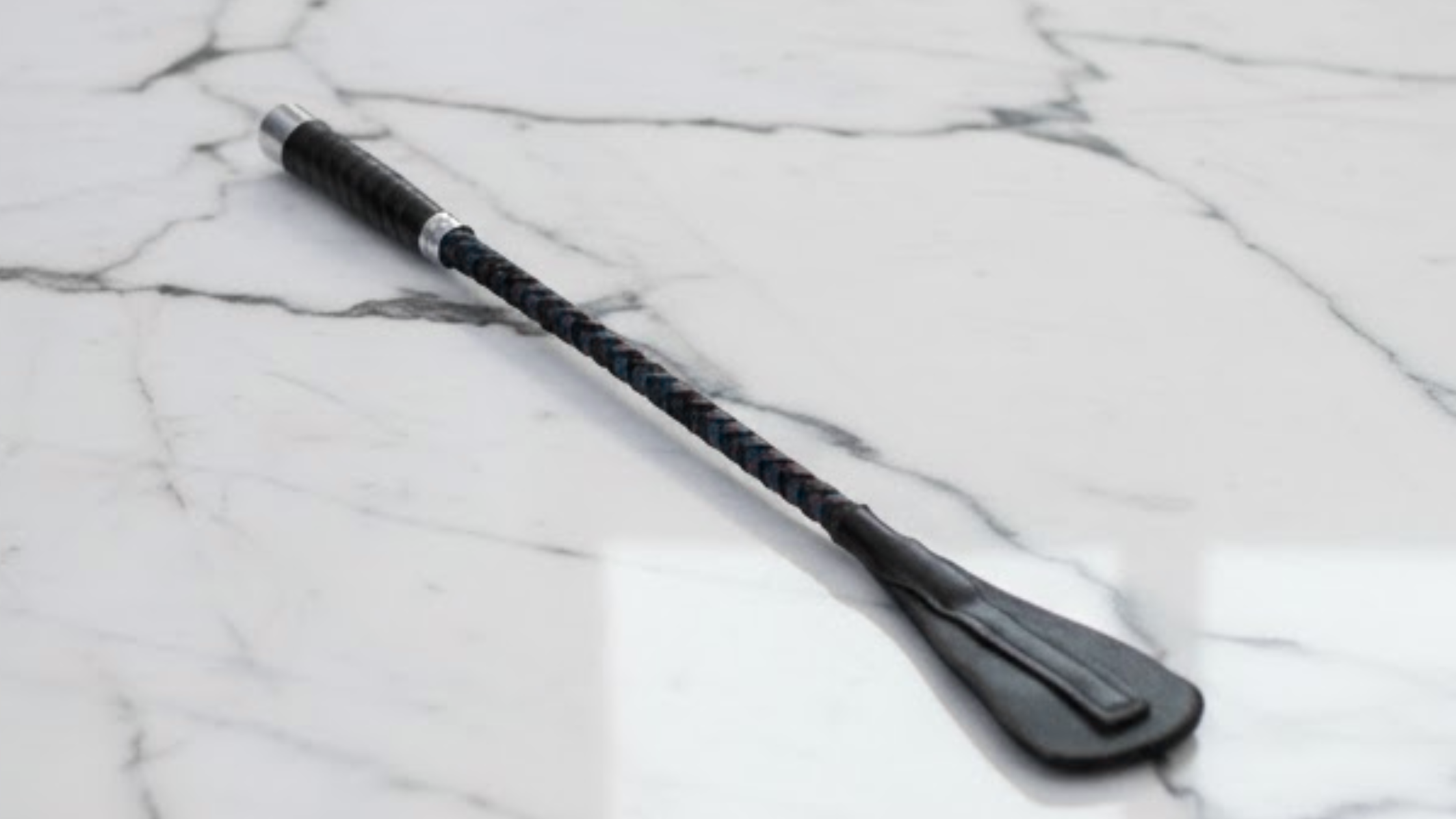Table Of Content
ToggleThe Ultimate Guide to Fleur de Sel: Origins, Uses, and Benefits
Introduction
Fleur de Sel, aka the “caviar of salts,” is one of the world’s most sought-after sea salts. Known for its delicate texture, mineral-rich composition, and ability to enhance the natural flavours of food, it’s a favourite among chefs and foodies alike. But what makes Fleur de Sel so special?
This article explores the origins, harvesting methods, culinary applications, and health benefits of Fleur de Sel, offering insights into why this delicate sea salt is a favorite among chefs and food enthusiasts alike. By the end, readers will understand how Fleur de Sel enhances flavors, how it differs from other salts, and how to incorporate it into their cooking for a gourmet touch.”
What is Fleur de Sel?
Fleur de Sel is a premium, hand-harvested sea salt that forms a thin crust on the surface of the seawater. Unlike refined table salt, chemically processed, Fleur de Sel is 100% natural and retains its moisture and minerals. It’s loved for:
- Delicate texture: Light, flaky, and slightly moist crystals that dissolve quickly.
- Unique taste: Less salty than regular salt, with a hint of sweetness and mineraliness.
- Natural harvesting process: No added nasties or refining process involved.
- Limited production: Harvested only in specific coastal regions under ideal conditions.
Due to its unique properties, Fleur de Sel is used as a finishing salt rather than for general cooking.
Origins of Fleur de Sel
Fleur de Sel has been harvested for centuries, mainly in France, where it’s considered a cultural and culinary treasure. The best sources are:
- Brittany (Guérande): Produces some of the best Fleur de Sel in the world, harvested using traditional methods.
- Camargue: A region in southern France famous for its salt flats and high-quality sea salt.
- Portugal and Spain: Other notable producers, with similar conditions.
- Canada is a growing industry in regions like Quebec, where industries mimic the Eult marshes.
Authentic Fleur de Sel from these regions is highly prized due to the expertise and tradition involved in its production.
The Harvesting Process
Fleur de Sel is harvested using traditional and sustainable methods. The process involves:
- Evaporation: Seawater is directed into shallow salt pans where the sun and wind work 2.
- Crystal Formation: Under the right weather conditions, the delicate salt crystals form on the surface.
- Skimming: Skilled artisans (paludiers) use wooden rakes to collect the fragile salt layer before it sinks carefully.
- Natural Drying: The harvested salt is left to dry naturally, retaining its moisture and mineral-rich profile.
Since this process is weather-dependent, Fleur de Sel is rare and expensive.
Fleur de Sel vs Table Salt
People wonder why they should choose Fleur de Sel over regular table salt. Here’s the comparison:
- Texture: Fleur de Sel has irregular, flaky crystals; table salt is finely ground and uniform.
- Processing: Fleur de Sel is unprocessed; table salt is refined and hardened.
- Taste Profile: Less intense and more complex than table salt, with a hint of brininess and sweetness.
- Nutritional Value: Contains natural minerals like magnesium, calcium, and potassium, absent in refined salt.
- Usage: Best used as a finishing salt, whereas table salt is primarily for cooking and baking.
Fleur de Sel Uses
Fleur de Sel adds texture and flavour to many dishes because of its unique texture and taste. Sprinkle just before serving. Here’s how:
Savory
- Meat: Sprinkle over grilled steaks, roasted chicken, or fish.
- Veg: Adds crunch to roasted, sauteed, or steamed veggies.
- Eggs: Scrambled eggs, omelet, or poached eggs.
- Salads: Simple greens or grain-based salads.
Sweet
- Chocolate and Caramel: Balances decadent chocolate desserts and caramel treats.
- Baked Goods: Cookies, brownies, and pastries.
- Fruit: Watermelon, strawberries, nd citrus fruits.
Beverages
- Cocktails: Margaritas or specialty drinks for a briny kick.
- Infused Waters: Some chefs use it in flavored waters for a mineral boost.
Health Benefits of Fleur de Sel
Unlike table salt, Fleur de Sel has trace minerals that can be beneficial:
- Hydration: Natural moisture helps with electrolyte balance.
- Digestion: Some believe it stimulates digestive enzymes.
- Less sodium: Because of its strong flavour, less salt is needed.
- Essential minerals: Natural magnesium, calcium, manganese, and potassium for overall well-being.
It is a healthier opinion, but should still be used in moderation.
Why Do Chefs Love This?
Top chefs around the world love Fleur de Sel because:
- Adds flavour without overpowering dishes.
- Delicate crunch that contrasts with soft food.
- Natural, artisanal quality that elevates gourmet cooking.
It dissolves slowly, allowing flavours to develop on the palate.
How to Store Fleur de Sel
To keep it fresh and prevent moisture loss:
- Airtight ceramic or glass container.
- Cool, dry place, away from humidity.* Don’t use metal containers as they can change the flavour of the salt.
Isits Sustainable?
Sustainability is an integral part of Fleur de Sel production:
- Hand-harvested using traditional, eco-friendly methods.
- Less environmental impact than industrial salt production.
- Preservation of salt marshes and wildlife habitats.
Buying authentic Fleur Sel supports small-scale, sustainable harvesting.
Buying Guide: How to Choose the Best Fleur de Sel
When buying this, consider:
- Origin: Look for salt from reputable regions like Guérande or Camargue.
- Texture and Colour: Light, flaky, yellowy, and off-white.
- Packaging: Glass or ceramic over plastic.
- Brand: Ethical and sustainable sourcing.
Authentic Fleur Sel is more expensive but worth it for the quality.
Conclusion
From its artisanal harvesting to its versatility in cooking, it’s a staple in high-end kitchens. Whether a professional chef or a home cook, incorporating this into your dishes will elevate your cooking experience.
Also Read: Huddleboard: The Future of Team Collaboration
FAQ: Frequently Asked Questions About Fleur de Sel
- Why is Fleur de Sel so expensive?
It is hand-harvested using traditional methods, requiring ideal weather conditions and skilled labor. Its rarity and delicate nature contribute to its high cost.
- Can Fleur Sel be used for cooking?
While it can be used in cooking, it is best as a finishing salt. Cooking with it may cause it to lose its delicate texture and moisture.
- How should Fleur Sel be stored?
Store it in an airtight container, preferably ceramic or glass, in a cool, dry place away from moisture to maintain quality.
- Does Fleur Sel taste different from regular salt?
It has a more nuanced, slightly briny flavor with a hint of sweetness due to its natural mineral content.
- Is Fleur Sel healthier than table salt?
It contains trace minerals that offer added nutritional value, but should still be consumed in moderation like any other salt.




